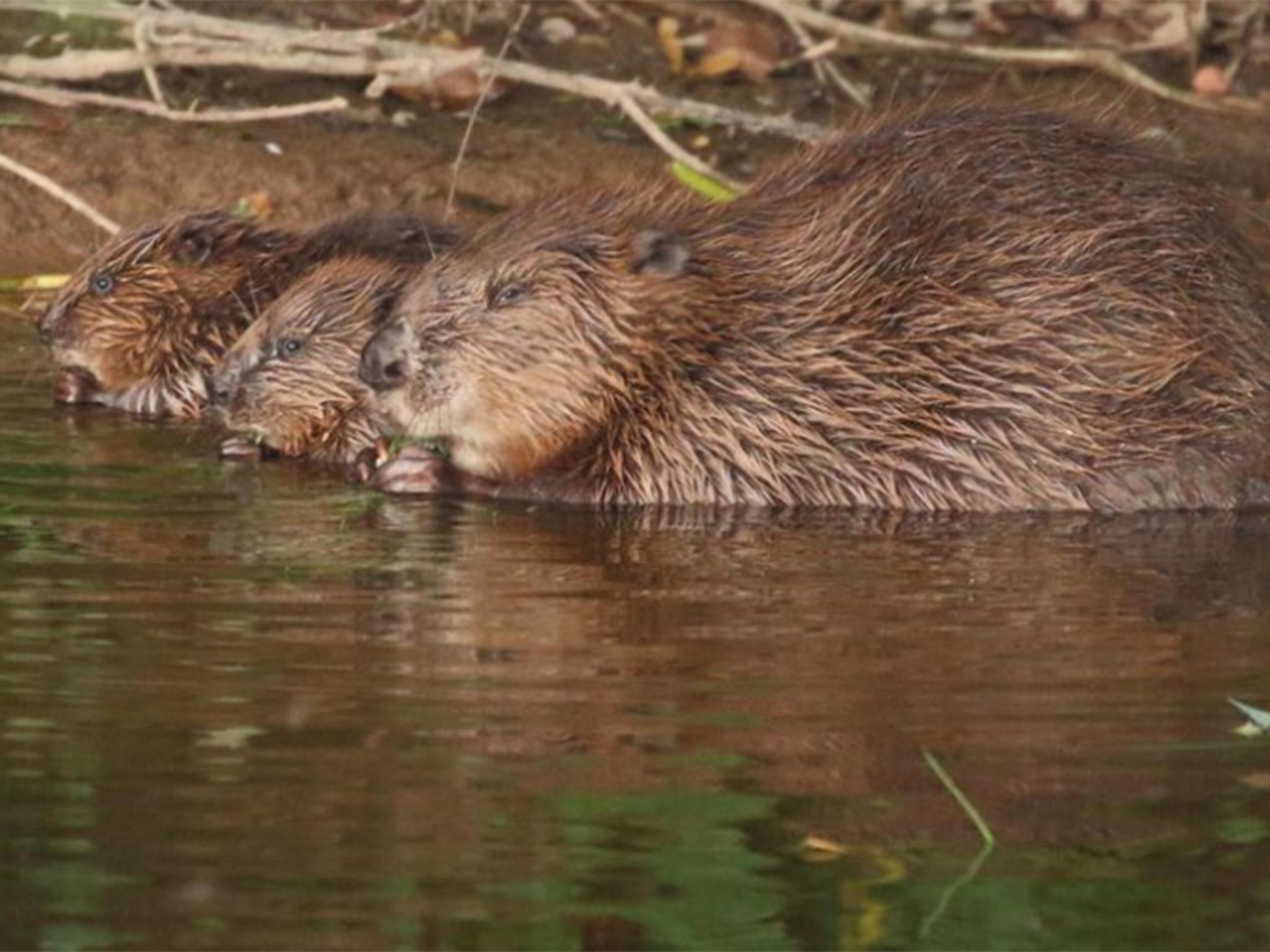How a group of beavers prevented a wildfire and saved California a million dollars
The woodland animals are natural engineers, diverting streams and creating wetlands in order to help them survive

A dried-out floodplain in Place County – just north of Sacramento, California – was in perfect condition to fuel wildfires. It was 2014, and California was in the midst of its worst drought in decades. The floodplain was full of dry brush and devoid of moisture. Fire prevention and ecological workers in the state were desperately working to mitigate potential wildfire fuel sources anywhere they could. Ecologists – facing a dangerously dry floodplain and a price tag of $1m to $2m for a major construction project to fix the site – did something surprising. They called in the beavers.
Thanks to the introduction of the industrious, flat-tailed mammals, the site was restored to a vibrant, marshy floodplain four years earlier than anyone anticipated, and with a significantly cheaper price tag.
The Sacramento Bee spoke with researchers involved in the furry gambit to protect the state and revitalise the land.
Lynnette Batt, the conservation director of the Placer Land Trust, which owns and maintains the land where the floodplain is located, told The Sacramento Bee that she was amazed by the "awesome" success of the project.
"It went from dry grassland ... to totally revegetated, tress popping up, willows, wetland plants of all types, different meandering stream channels across about 60 acres of floodplain," Ms Batt said.
Ultimately the Doty Ravine project only cost $58,000, which was used to prepare the land for the beavers to come in and do what they do.
Damon Ciotti, a US Fish and Wildlife Service restoration biologist who led the project, estimated that the beavers would take about a decade to return the dried out land to streams in the region, but the critters blew away his expectations. By year three, water was back in the floodplain.
The success of the project has spun off a number of other projects using beavers for land revitalisation throughout California.
Ms Batt said that federal programmes were beginning to take notice and offer training on how to use beavers for wildfire mitigation, and indicated that universities and nonprofit programmes were also interested.
Beavers have essentially evolved to be the engineers of nature, transforming their landscape to suit their needs and to protect them from predators.
Emily Fairfax, Assistant Professor of Environmental Science and Resource Management at California State University Channel Island, told The Sacramento Bee that beavers are like "a chicken nugget walking through the landscape for predators."
She said that beavers, despite being fat animals that are generally slow on land, are quick in the water and use dams to divert streams to create ponds and wetlands where they can better survive.
Beavers were prevalent throughout North America, though their population was driven down until the early 1900s as they were heavily hunted for their pelts.
Once the desire for beaver hats and coats waned, the population began to rebound. There are between 15 and 25 million beavers in North America today.
Join our commenting forum
Join thought-provoking conversations, follow other Independent readers and see their replies
Comments
Bookmark popover
Removed from bookmarks